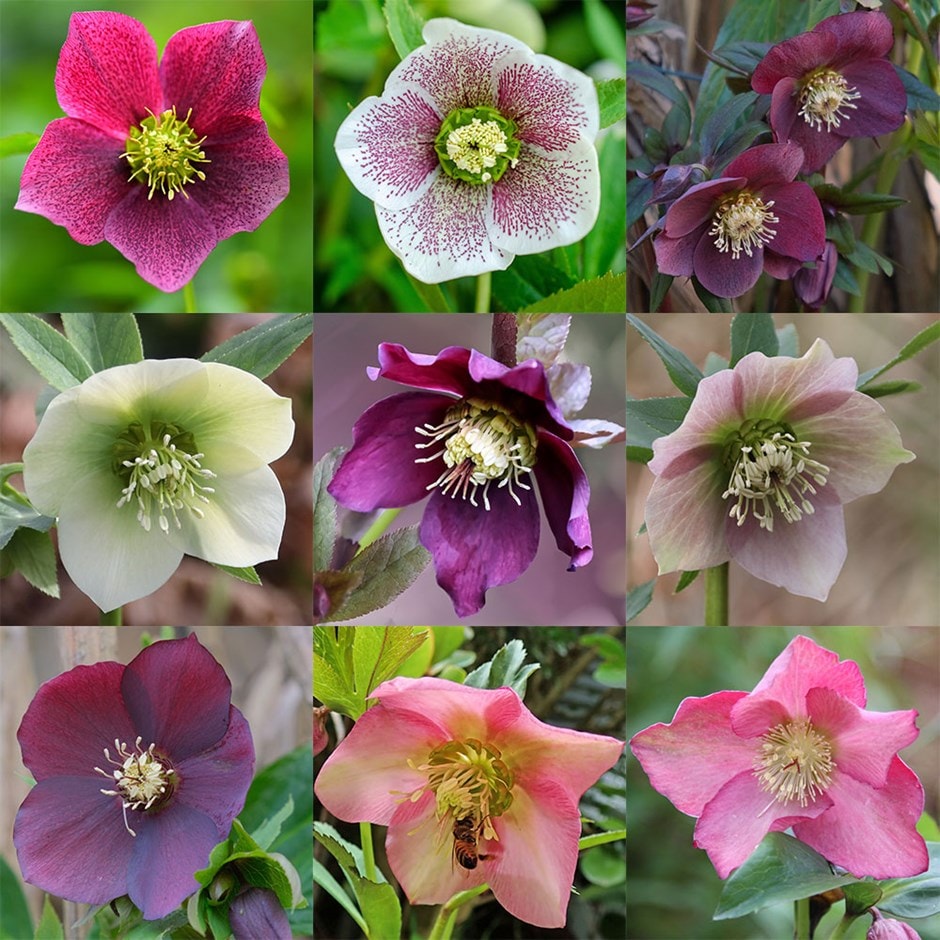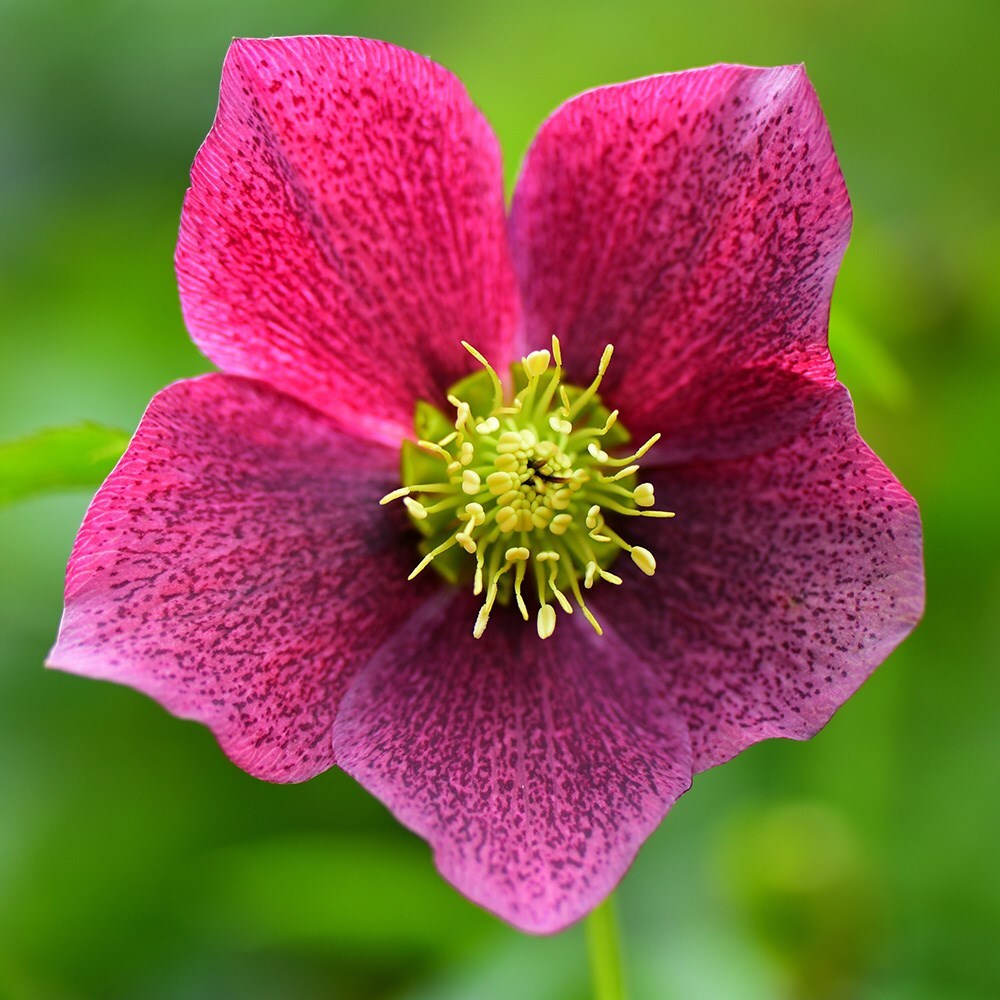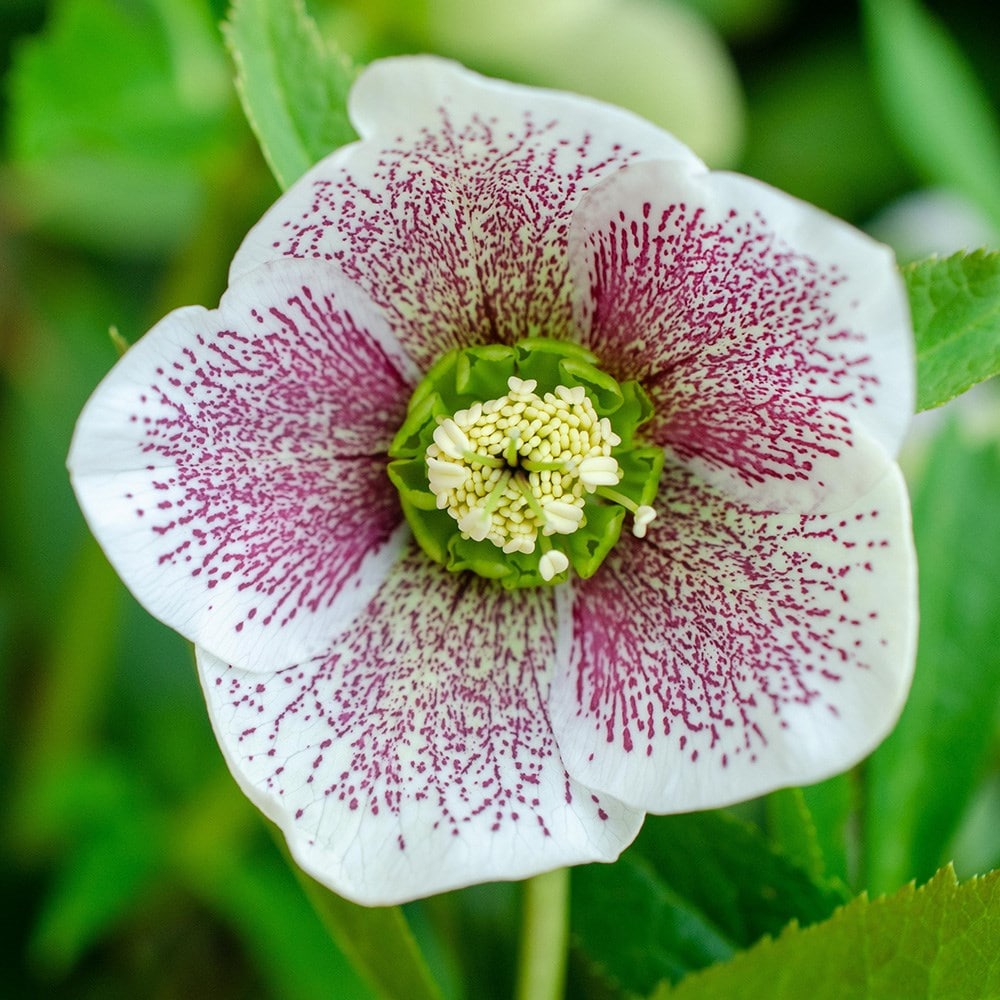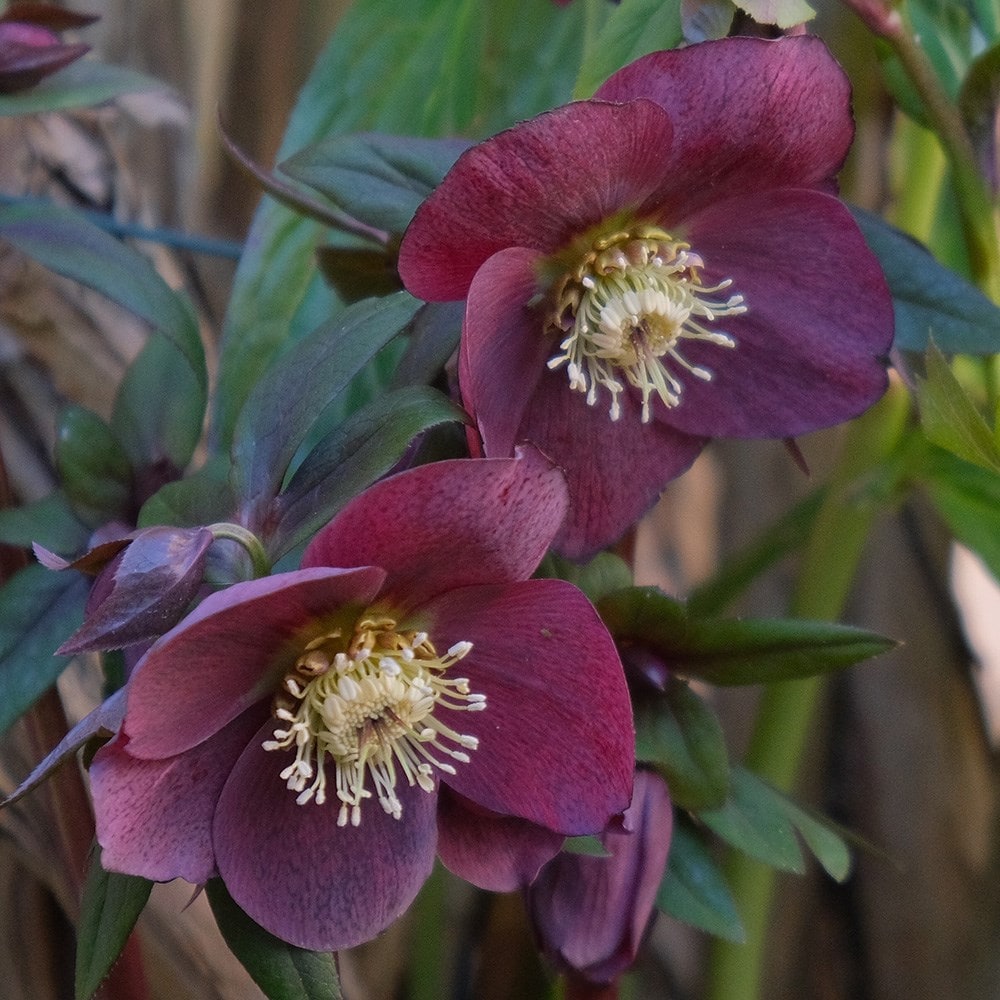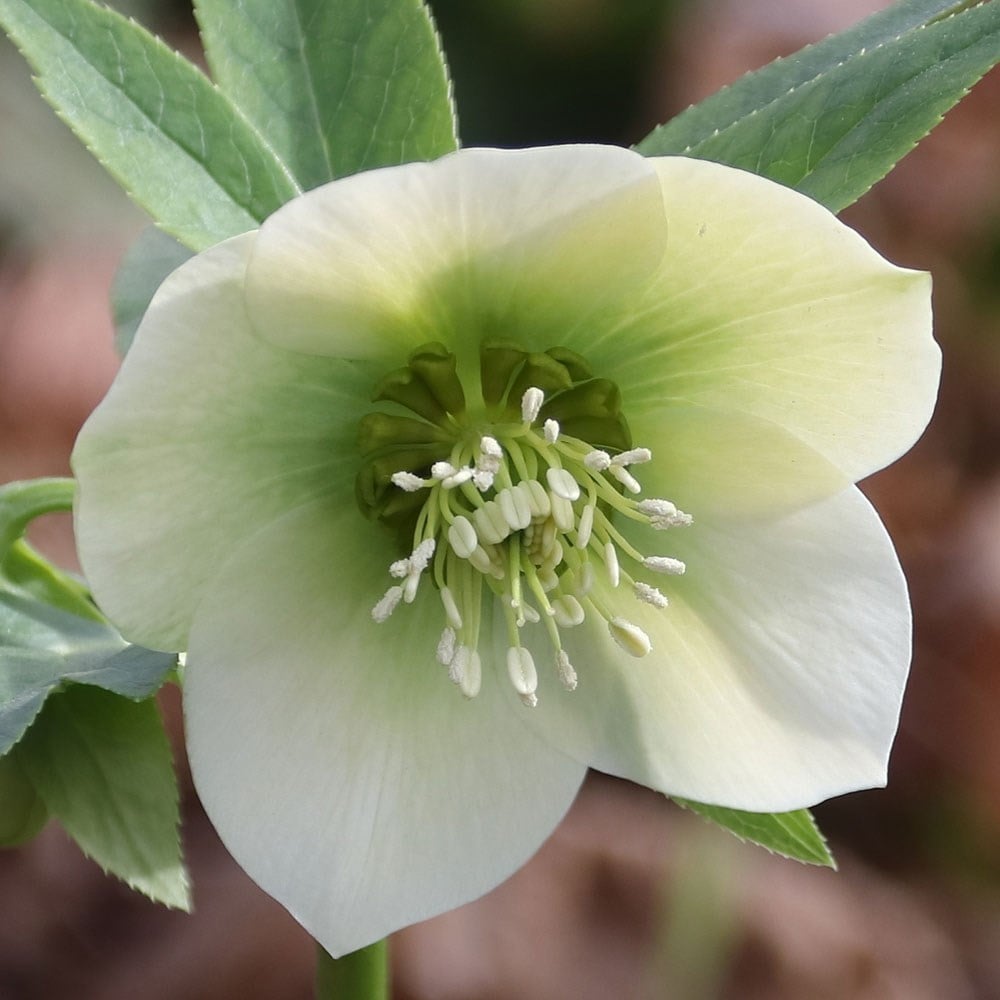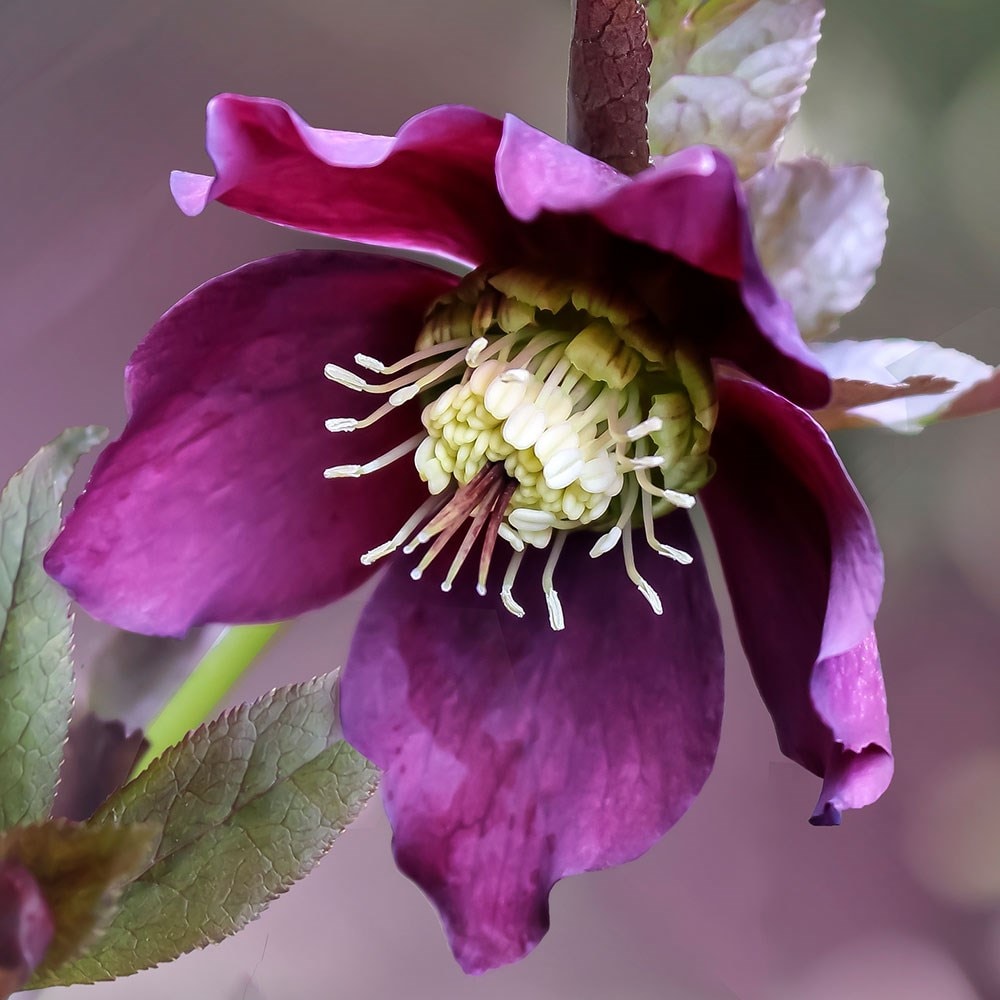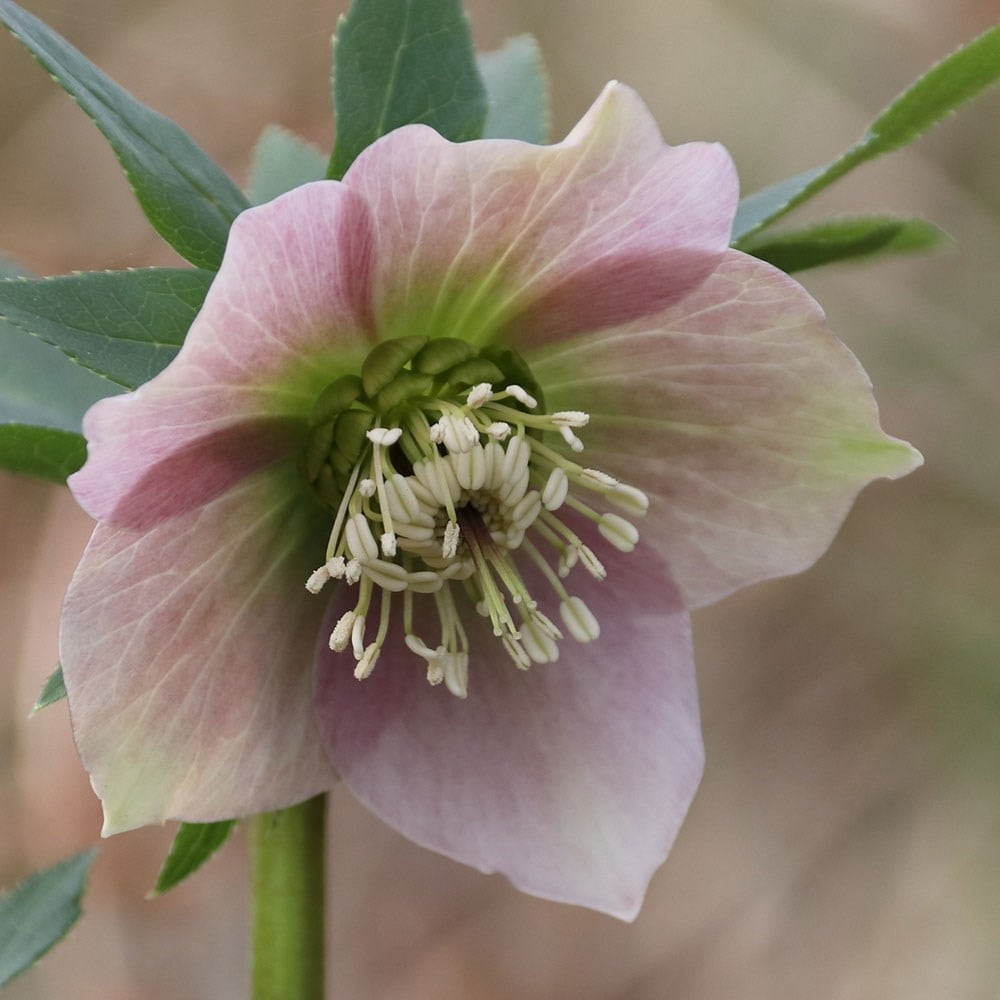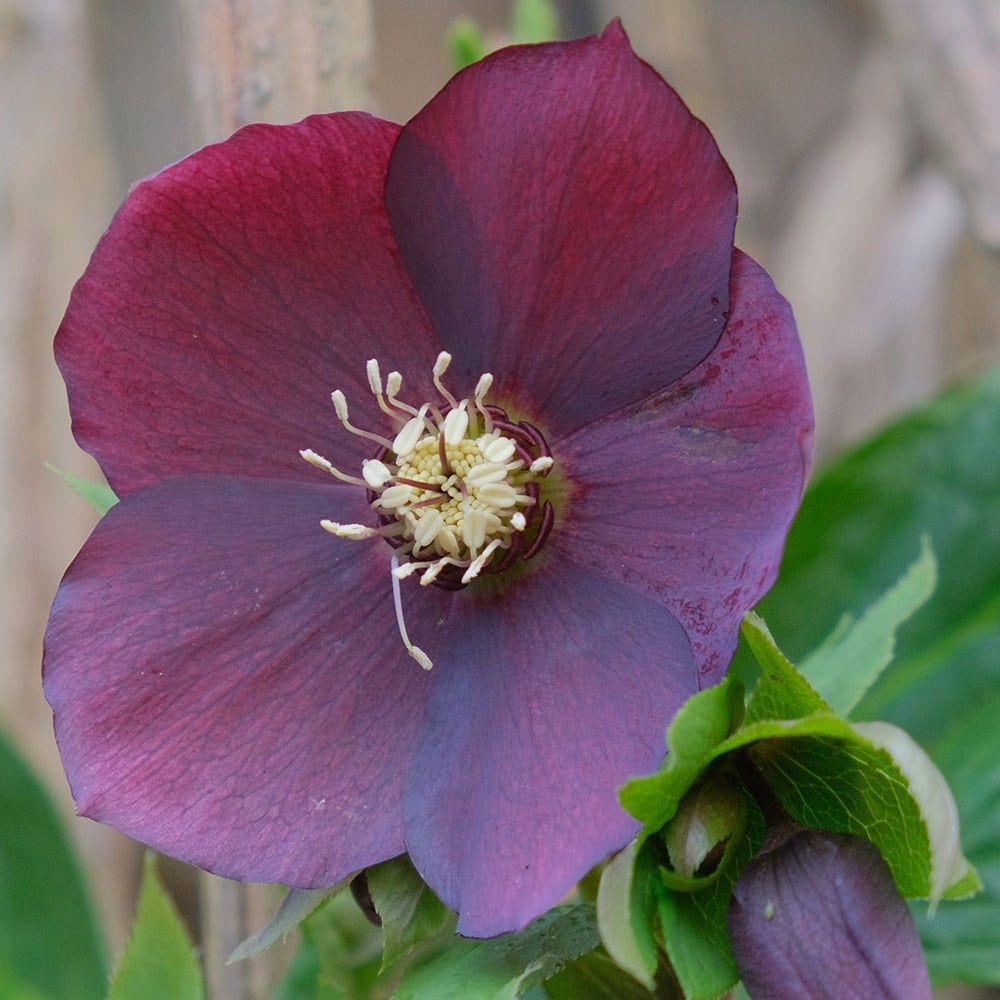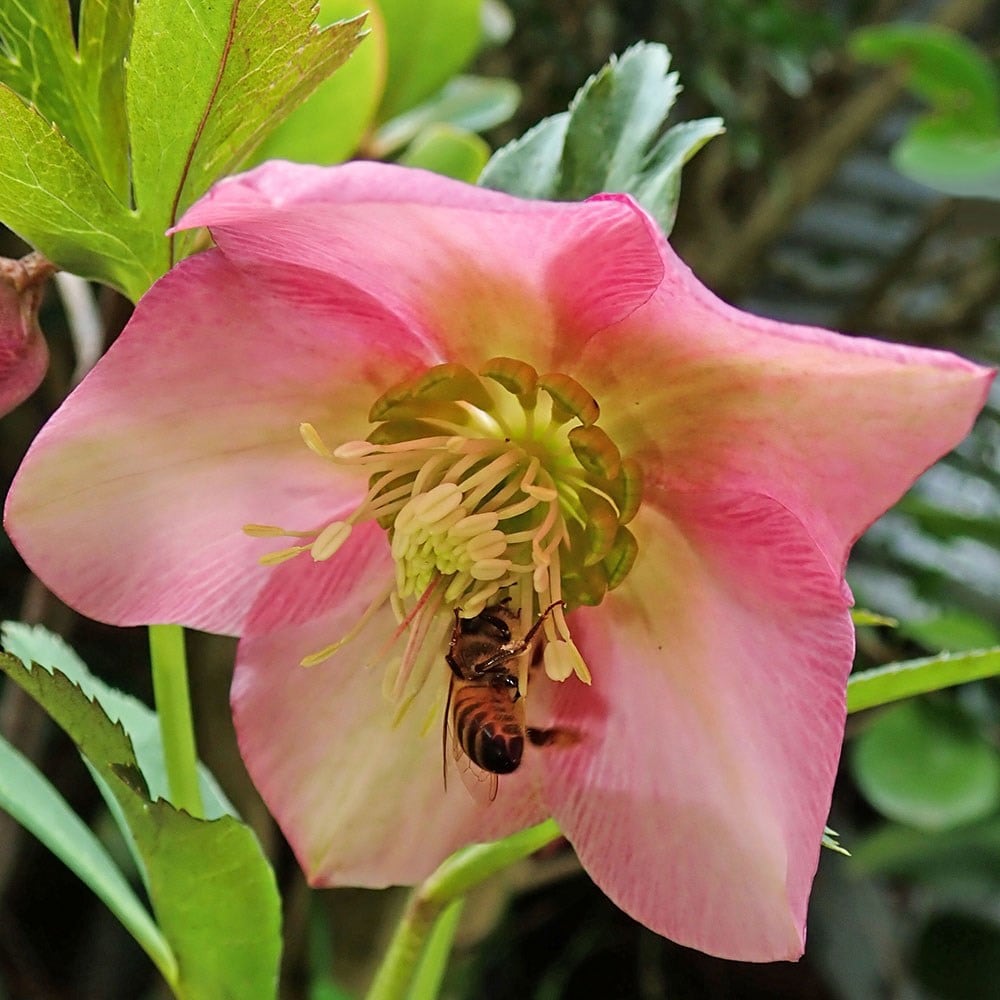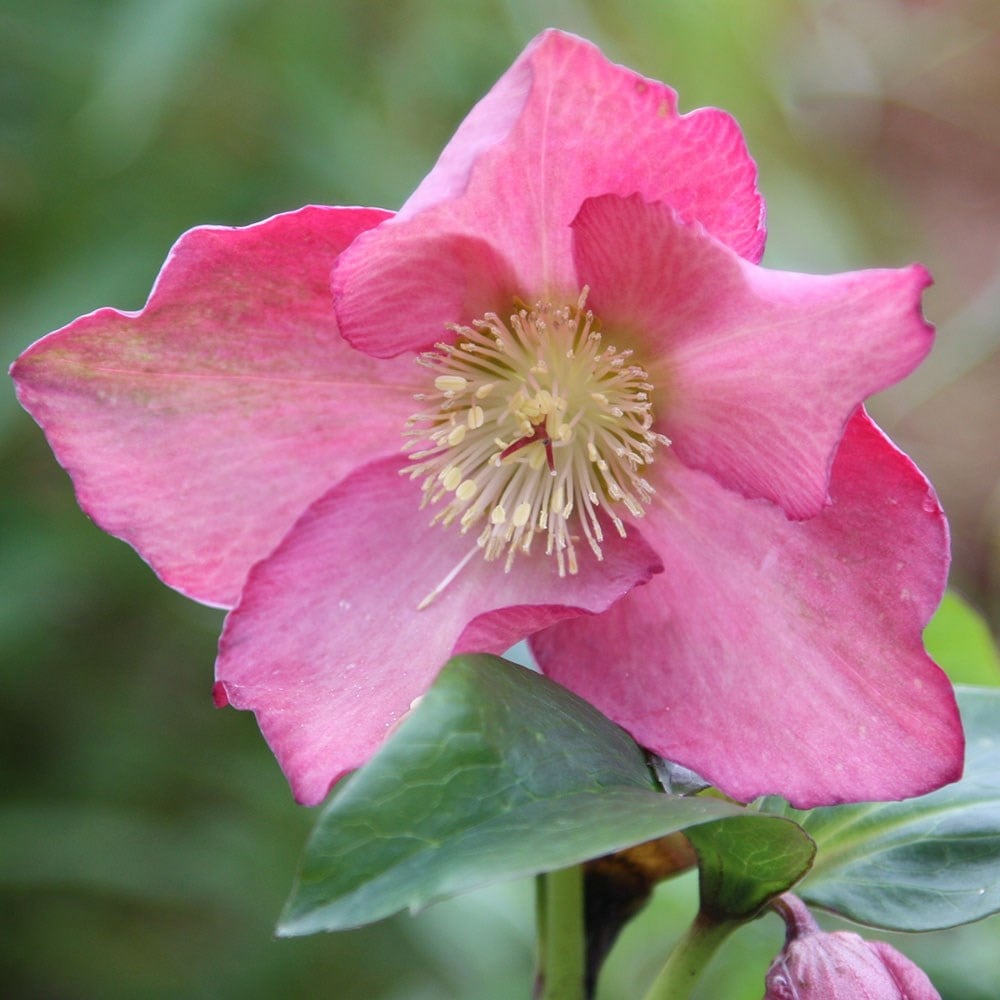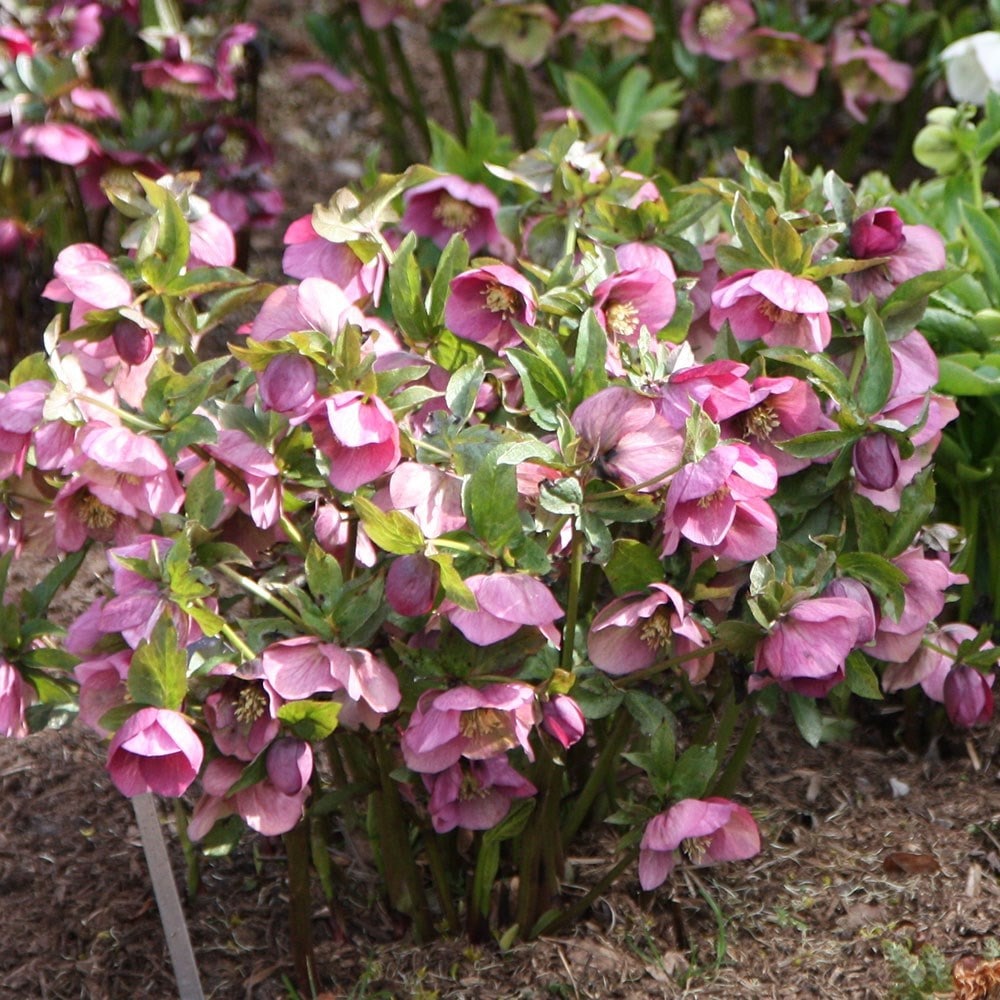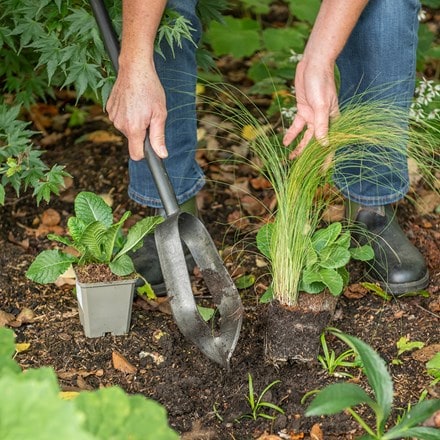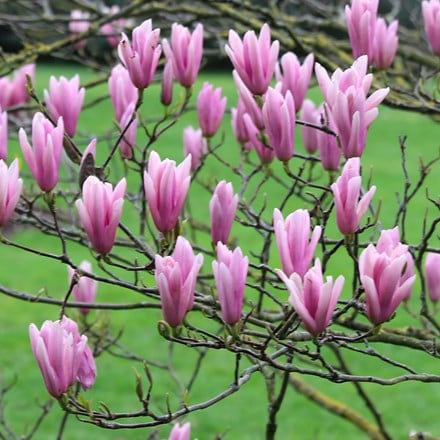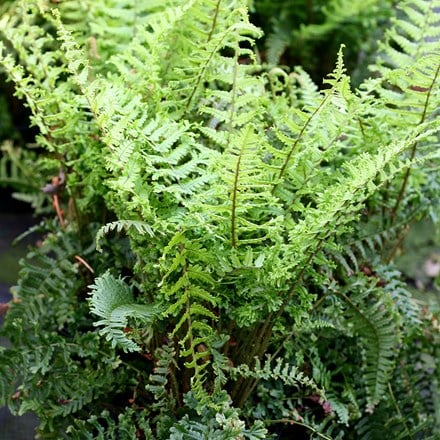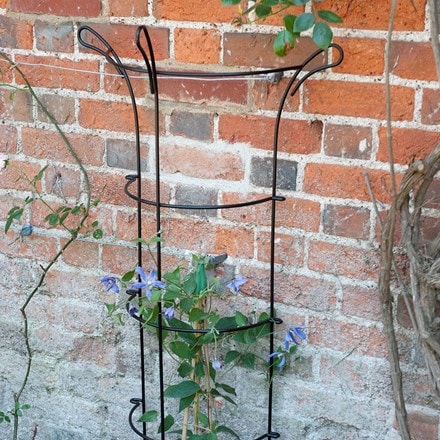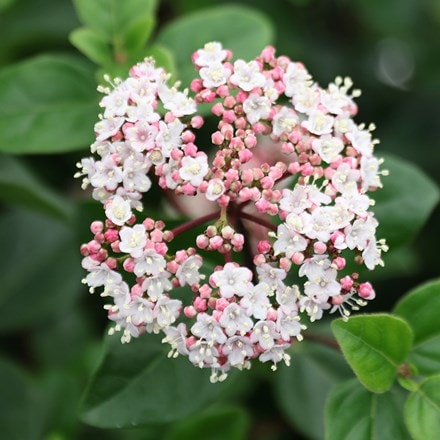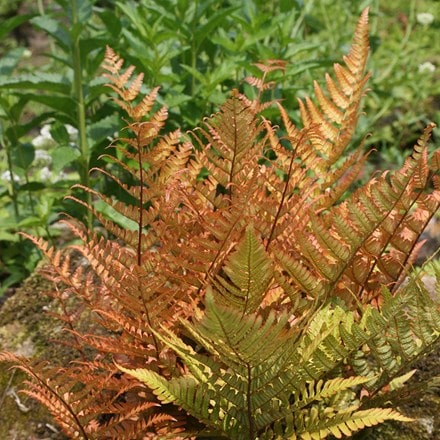Helleborus × hybridus
Lenten rose hellebore
- 9cm pot
- £9.99
- In stock (shipped within 2-3 working days)
- 3 × 9cm pots
- £22.99 £7.66 each
- In stock (shipped within 2-3 working days)
- 6 × 9cm pots
- £39.99 £6.67 each
- In stock (shipped within 2-3 working days)
Delivery options
- Standard £5.99
- Position: partial shade
- Soil: moderately fertile, moist but well-drained soil, or good quality general purpose potting compost for containers
- Rate of growth: average
- Flowering period: February to April
- Hardiness: fully hardy
Also known as Helleborus orientalis, this gorgeous perennial produces pretty, pendent or outward-facing, saucer-shaped flowers, which come in a wide range of colours.
It is a bit of a lucky dip as to which flower each plant will produce, but they are all lovely, and they will all appear from February to April. They make attractive ground cover plants for areas of dappled shade under deciduous trees and shrubs and they prefer a heavy, neutral to alkaline soil.
Unfortunately we can't guarantee what colour the flowers will be on each plant, but they are predominantly a range of pink shades.
It is a bit of a lucky dip as to which flower each plant will produce, but they are all lovely, and they will all appear from February to April. They make attractive ground cover plants for areas of dappled shade under deciduous trees and shrubs and they prefer a heavy, neutral to alkaline soil.
Unfortunately we can't guarantee what colour the flowers will be on each plant, but they are predominantly a range of pink shades.
Add lots of well-rotted leaf mould or organic matter to the planting hole. Cut the old leaves back down to the ground in January or February as this will show off the new emerging flowers to best effect. It will also help to get rid of foliar diseases such as Hellebore leaf spot.
Apply a generous 5-7cm (2-3in) mulch of well-rotted organic matter around the base of the plant in autumn and provide a top-dressing of general fertiliser each spring. Cut off the seed heads to prevent inferior seedlings colonising.
Apply a generous 5-7cm (2-3in) mulch of well-rotted organic matter around the base of the plant in autumn and provide a top-dressing of general fertiliser each spring. Cut off the seed heads to prevent inferior seedlings colonising.
- Humans/Pets: Harmful if eaten; skin irritant
Goes well with
Pinpoint rotational planter for young plants/bulbs - Crocus by DeWit
small
£49.99
In stock (shipped within 2-3 working days)
Climber wall support - dark brown
H120cm (18cm legs)
£42.99
In stock (shipped within 2-3 working days)
